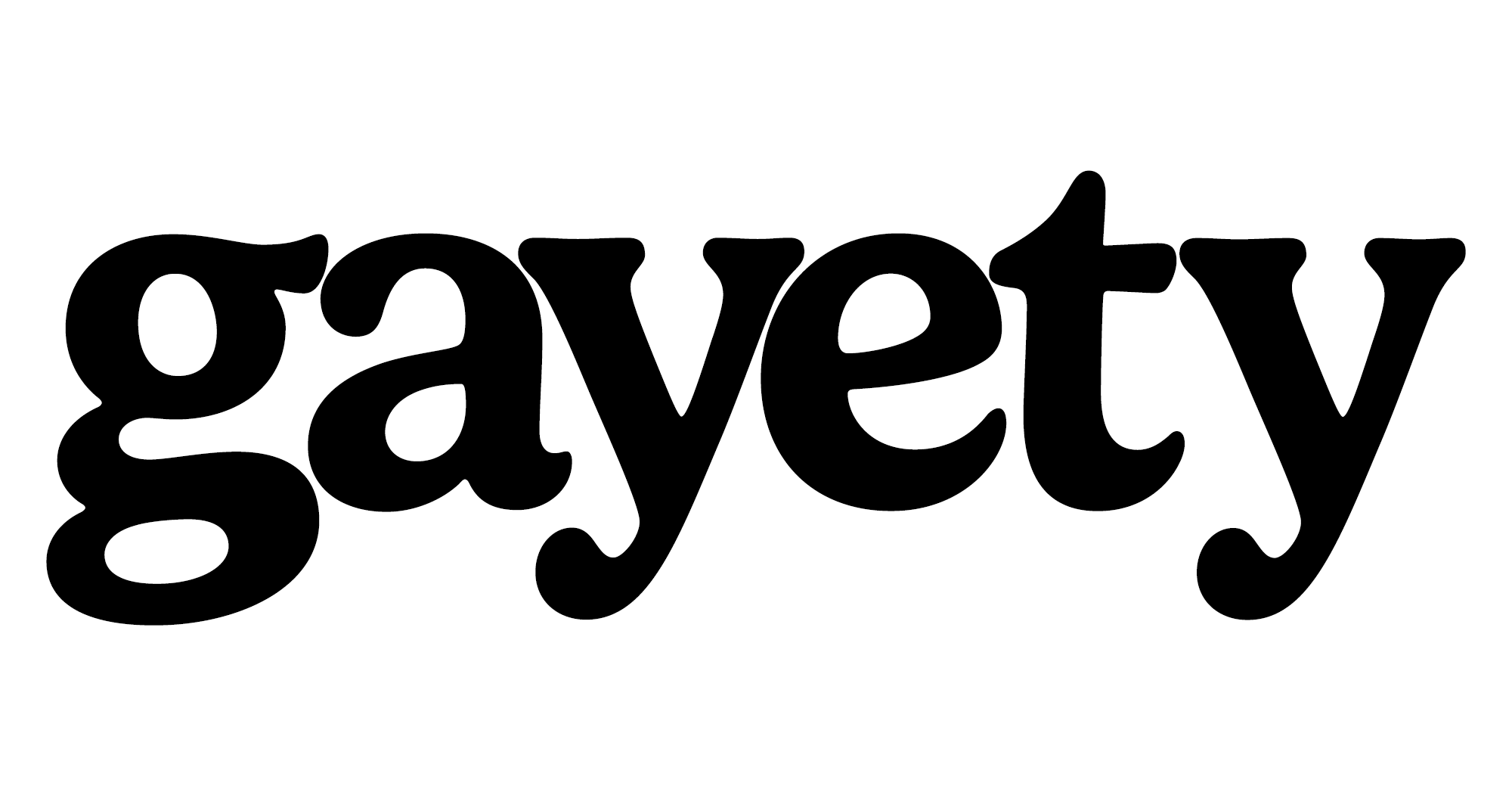In Fear Street: Prom Queen, campaigning for the crown could just be the last thing you do. Set in 1988, Netflix’s newest entry in the R.L. Stine-inspired franchise throws us into the wolfpack of Shadyside High’s popular girls, a clique known for their charm, cruelty, and cutthroat campaigns for prom queen. But when outsider Lori is suddenly nominated, the high school hierarchy is shaken—and people start disappearing.
The cast behind the bloodbath—Suzanna Son (Megan), David Iacono (Eddie), Ella Rubin (Sarah), Ariana Greenblatt (Debbie), and Rebecca Ablack (Shannon)—joined us to unpack why horror has always belonged to the misfits.
Horror Is for the Weird Kids

Son especially felt a connection with her character, Megan.
“I think it was beautiful, and it kind of healed a part of my inner child in a way to play who I think I needed to be friends with in high school. This person who was so unapologetically herself, so sweet and so loyal to her friends, it was just nice and healing.”
The horror franchise has long embraced queerness, othering, and found family—and Prom Queen is no different. From jocks and queen bees to loners and goths, the film nods to classic slasher tropes while making room for nuance.
What They Don’t Tell You About Filming Horror

Behind the blood and body count, horror filmmaking is surprisingly demanding—both physically and emotionally.
“It’s such a physical job,” Rubin said. “You don’t realize—you’re screaming, and your body is moving, and you’re running and shaking. You’re really embodying being terrified.” Her performance demanded full-body commitment, especially during scenes that required running or reacting to sudden scares.
“You have to witness your friends be terrified, and you’re just as terrified,” Ablack said. “That’s not just screaming—it’s emotional.” She explained that horror often gets written off as easy or surface-level, when in reality, it’s layered and demanding.
“The amount of running in this movie—I pulled both of my quads,” Son said, laughing. “They don’t tell you how athletic horror is.” From constant takes to elaborate chase sequences, it was more like training for a marathon than shooting a movie.
Staying scared on command was its own challenge. “You’re doing a really scared take, and then another scared take, and another scared take,” Greenblatt said. “So that definitely affects you physically and emotionally.”
To add to the atmosphere, the crew filmed in an actual abandoned school. “It adds a layer of eeriness,” Iacono said. “It helped a lot with building that sense of fear.”
And yes—there was plenty of screaming.
“I learned pretty quickly to scream from my stomach, not my throat,” Son said. “Otherwise, you’re done.” She noted that scream technique is essential if you want to make it through production with your voice intact.
“I feel like Ariana had a really good one,” Rubin said, nominating her co-star for best scream.
“Thanks, guys. I just drink a lot of tea after,” Greenblatt added, laughing. Vocal recovery became just as important as the scream itself.
Favorite Horror Deaths… and Why They’re Always Killing Women

From Terrifier 3 to Hereditary, the cast had plenty to say about gruesome horror deaths that stuck with them.
Rubin confessed she watched Terrifier 3 by accident: “I didn’t know what I was getting into… and I watched it right before bed.”
Rebecca Ablack voiced a question that lingers in the minds of many horror fans:
“All I can think of is women dying. Why are they always trying to kill us?”
She pointed to Scream as a perfect example, referencing Drew Barrymore’s iconic early death. Let’s talk about the real questions.
The observation speaks to a long-standing trope in the genre—one that places women at the center of violence and survival. In Prom Queen, those patterns are present, but the film also gives its female characters more agency, emotion, and power than the genre often allows.
Whether you’re watching for the screams, the blood, or the subtext, Fear Street: Prom Queen delivers it all with style, smarts, and just the right amount of camp.


